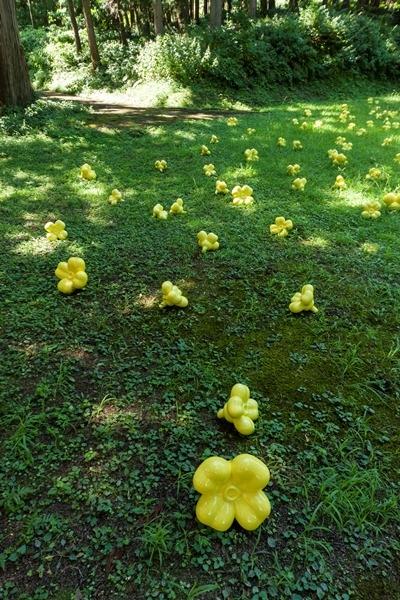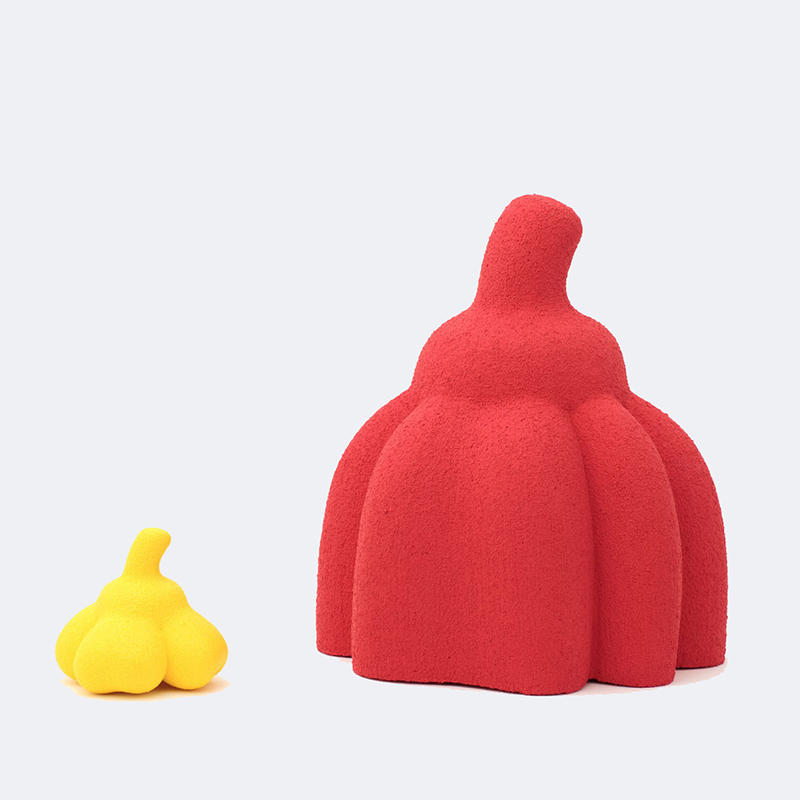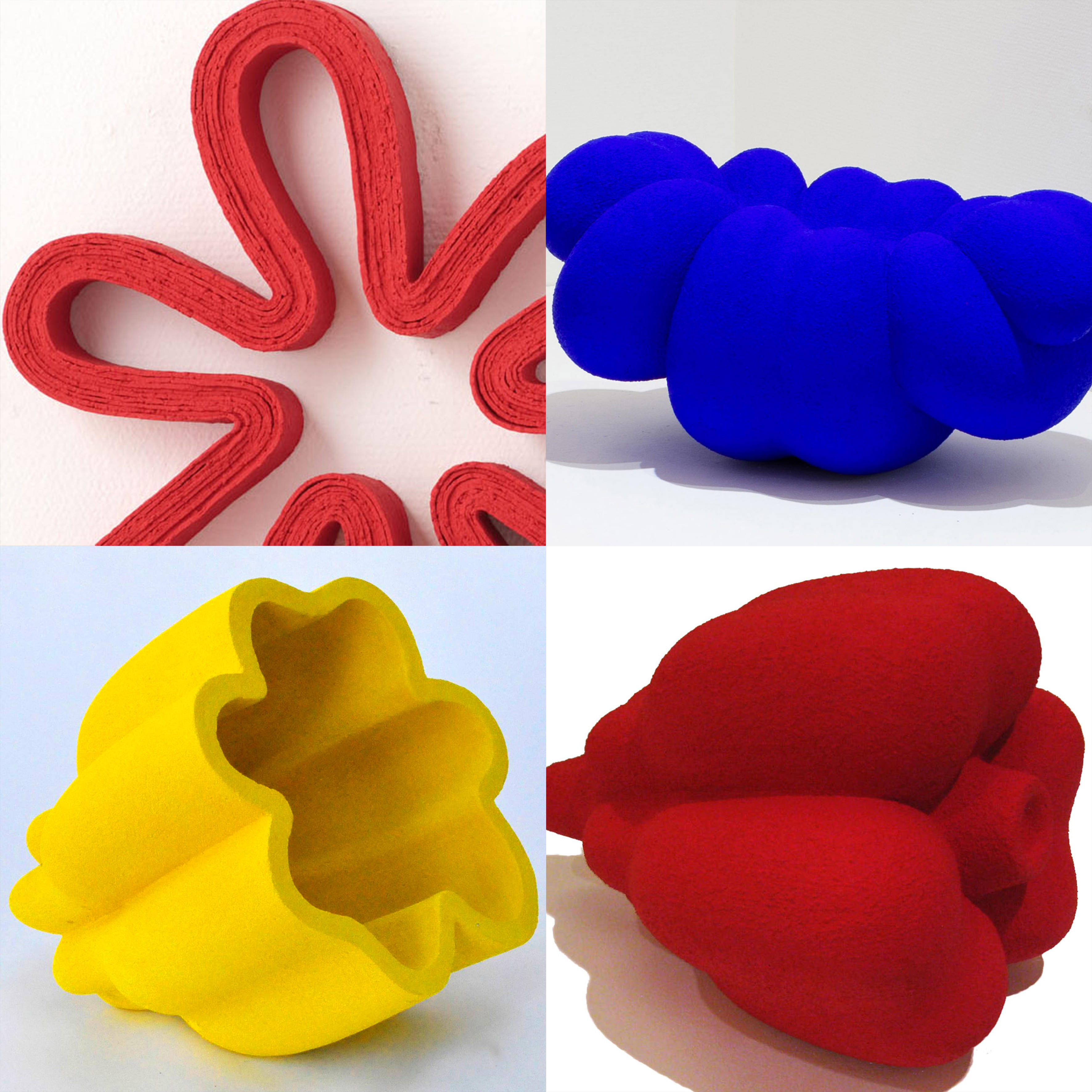Exhibition
Mariko Isozaki Retrospective Exhibition
2014, Mar. 7th (Fri) - Mar. 23rd (Sun)
Art Front Gallery is pleased to announce the retrospective exhibition by Mariko Isozaki. She died suddenly in September 2013, just as she was poised to make another significant step in her career. We collaborated on many public art projects, and worked together at Echigo-Tsumari Art Triennale in 2012. The present exhibition uses representative examples of her work from early 1999 to 2013, to trace the path she followed in her consistent pursuit of form.
Her work will be exhibited at Lounge Anjin in Daikanyama T-site from 25th March until 1st June, after the show at our gallery.
Her work will be exhibited at Lounge Anjin in Daikanyama T-site from 25th March until 1st June, after the show at our gallery.
| Date | 2014, Mar. 7th (Fri) - Mar. 23rd (Sun) |
|---|---|
| Hours | 11:00 - 19:00 (closed on Mondays) |
| Venue | Art Front Gallery, Daikanyama (Tokyo, Japan) |
| Reception Party | March, 11th (Tue) 18:00~ |
Mariko Isozaki died suddenly in September 2013, just as she was poised to make another significant step in her career. We collaborated on many public art projects, and worked together at the Echigo-Tsumari Art Triennale in 2012. The present exhibition uses representative examples of her work from early 1999 to 2013, to trace the path she followed in her consistent pursuit of form. We wish to thank all those involved with this artist’s work and all who generously cooperated in the realising of this exhibition.
The dynamic forms Mariko Isozaki used in her work, which all reveal deep artistic energy, came from fundamental pottery techniques. She embraced space by the method of coiled clay.
She was always keen on music, and was a professional level whistler. Also she once belonged to a theatre troupe, and she loved dance, from ballet to flamenco. It was there that she discovered the relationship between body and space. Sometimes a body cuts into space; sometimes it creates a flow of space, or again, it might be supported in space. These aspects all find expression in the relationship between form and space in her artwork. In this sense, her work is linked to physicality. However, in ceramic work, employment of bodily intuition is not enough to complete a piece. Minute control by coiling, beating, or stretching were the ways she gave clay its real life force. An artistic dialogue with form can only be properly carried out by superb control of technique, which alone will give rise to the highest degree of completion. Isozaki’s early work had the unique texture of engobed ceramic, and she later used marble, with its opposite feel, and then FRP (fiber reinforced plastics), with vivid colour and durability. But whatever the material, her fundamental pursuit of form never changed.
Isozaki was based in Italy until last year and was always back and forth between there and Japan. Her experiences at the National School of Ceramics in Faenza and at a stone carving studio in Carrara surely provided her with formative insights. Yet all techniques and materials failed to live up to what she really desired to make. Her quest for form gave birth to many things, and turned those things into an energy to contain other things. And one that left the surface very serene.
‘I am interested in the relationship between work and space, and the atmosphere that comes from the process of work’s involvement with space. That is what I am after in my daily creative work. As to form, I receive inspiration from the natural world and I reconstruct it … I wish my works to just be there, as if fallen from the sky, or, to put it differently, I want some kind of accidental presence, not something artificially installed.’ (Quoted from the Concept Statement of her work for Tachikawa City Hall)
The dynamic forms Mariko Isozaki used in her work, which all reveal deep artistic energy, came from fundamental pottery techniques. She embraced space by the method of coiled clay.
She was always keen on music, and was a professional level whistler. Also she once belonged to a theatre troupe, and she loved dance, from ballet to flamenco. It was there that she discovered the relationship between body and space. Sometimes a body cuts into space; sometimes it creates a flow of space, or again, it might be supported in space. These aspects all find expression in the relationship between form and space in her artwork. In this sense, her work is linked to physicality. However, in ceramic work, employment of bodily intuition is not enough to complete a piece. Minute control by coiling, beating, or stretching were the ways she gave clay its real life force. An artistic dialogue with form can only be properly carried out by superb control of technique, which alone will give rise to the highest degree of completion. Isozaki’s early work had the unique texture of engobed ceramic, and she later used marble, with its opposite feel, and then FRP (fiber reinforced plastics), with vivid colour and durability. But whatever the material, her fundamental pursuit of form never changed.
Isozaki was based in Italy until last year and was always back and forth between there and Japan. Her experiences at the National School of Ceramics in Faenza and at a stone carving studio in Carrara surely provided her with formative insights. Yet all techniques and materials failed to live up to what she really desired to make. Her quest for form gave birth to many things, and turned those things into an energy to contain other things. And one that left the surface very serene.
‘I am interested in the relationship between work and space, and the atmosphere that comes from the process of work’s involvement with space. That is what I am after in my daily creative work. As to form, I receive inspiration from the natural world and I reconstruct it … I wish my works to just be there, as if fallen from the sky, or, to put it differently, I want some kind of accidental presence, not something artificially installed.’ (Quoted from the Concept Statement of her work for Tachikawa City Hall)














